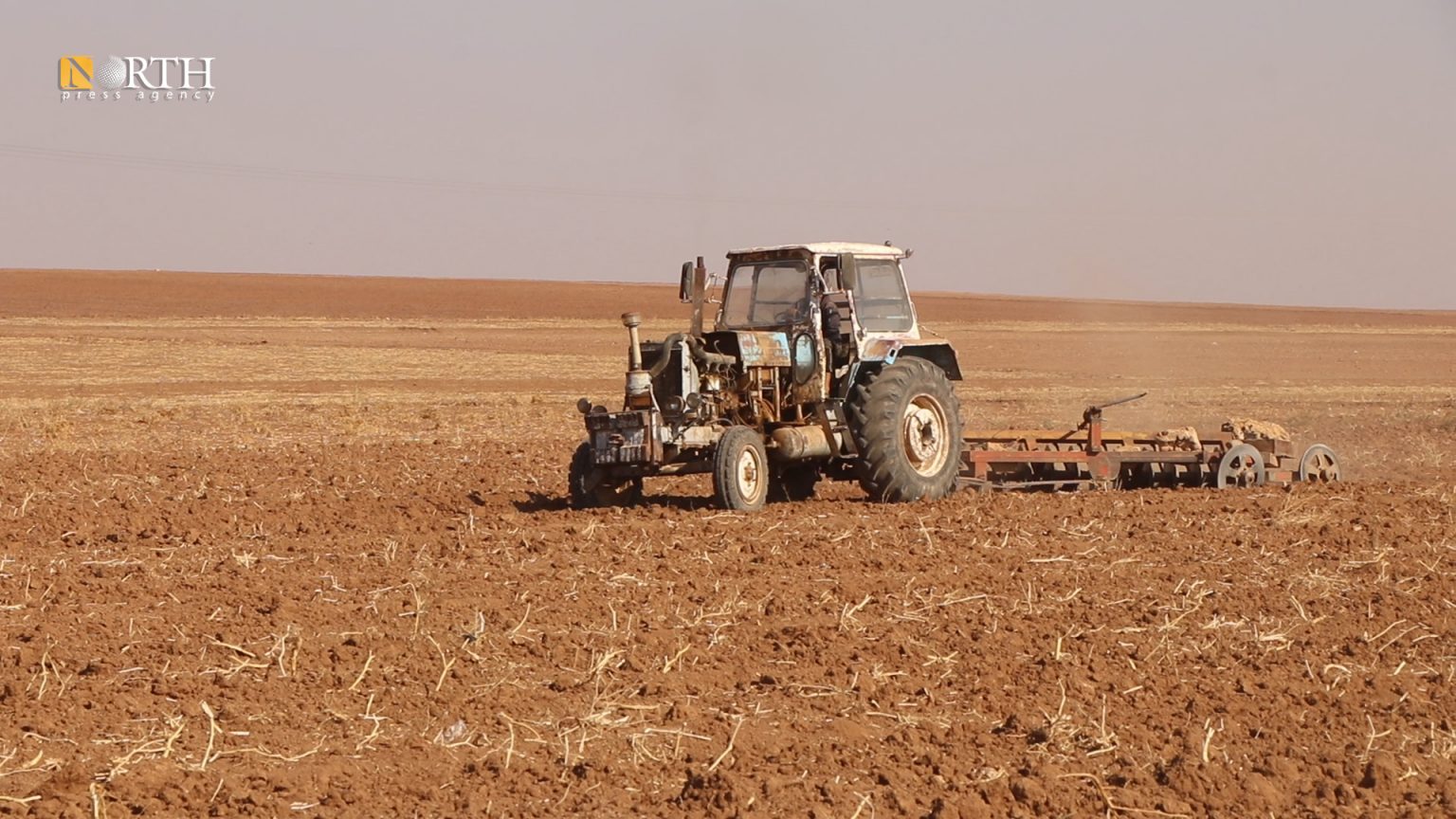Wheat production in Syria for 2021 was at its lowest level in 50 years, following a dry year, the high costs of productions, and the fatal economic conditions linked to ten years of conflict, according to a recent report by the United Nations’ Food and Agriculture Organization (FAO).
“Immediate action is required to support the agricultural sector for its next season,” the FAO stressed in its report.
Without updated estimates for 2021, WFP estimated that about 12.4 million people (60%) were food insecure in 2020.
Read Also: Syria to Import a Million Tons of Wheat from Russia
Syria witnessed a remarkable decline in the production of wheat and barley — two staple foods for Syrians after the Syrian war, wheat production in 2021 is estimated at around 1.05 million tons, down from 2.8 million in 2020 and only one-quarter of the pre-crisis average of 4.1 million tons (during the period 2002-2011), while barley production stood at just 10% of 2020’s harvest levels, according to the FAO report.
About 60% of wheat production lies outside government held areas, in the Jazira region in northeast Syria which is run by the Autonomous Administration of North and East Syria (AANES). The region is often referred to as the Syrian Food Basket.
Jazira region has witnessed a decline in the production of strategic and important crops (wheat, barley, lentils), due to the drought and lower water levels along the Euphrates banks, Khabur River and other local rivers, which are down by at least five meters.
Since the start of the Syrian conflict, Turkey has cut off water violating international humanitarian law, and exacerbating already existing climate-linked impacts, which has fatal consequences on the lives and livelihoods of Syrian farmers in the country’s northeast.
This article was edited by The Syrian Observer. The Syrian Observer has not verified the content of this story. Responsibility for the information and views set out in this article lies entirely with the author.


